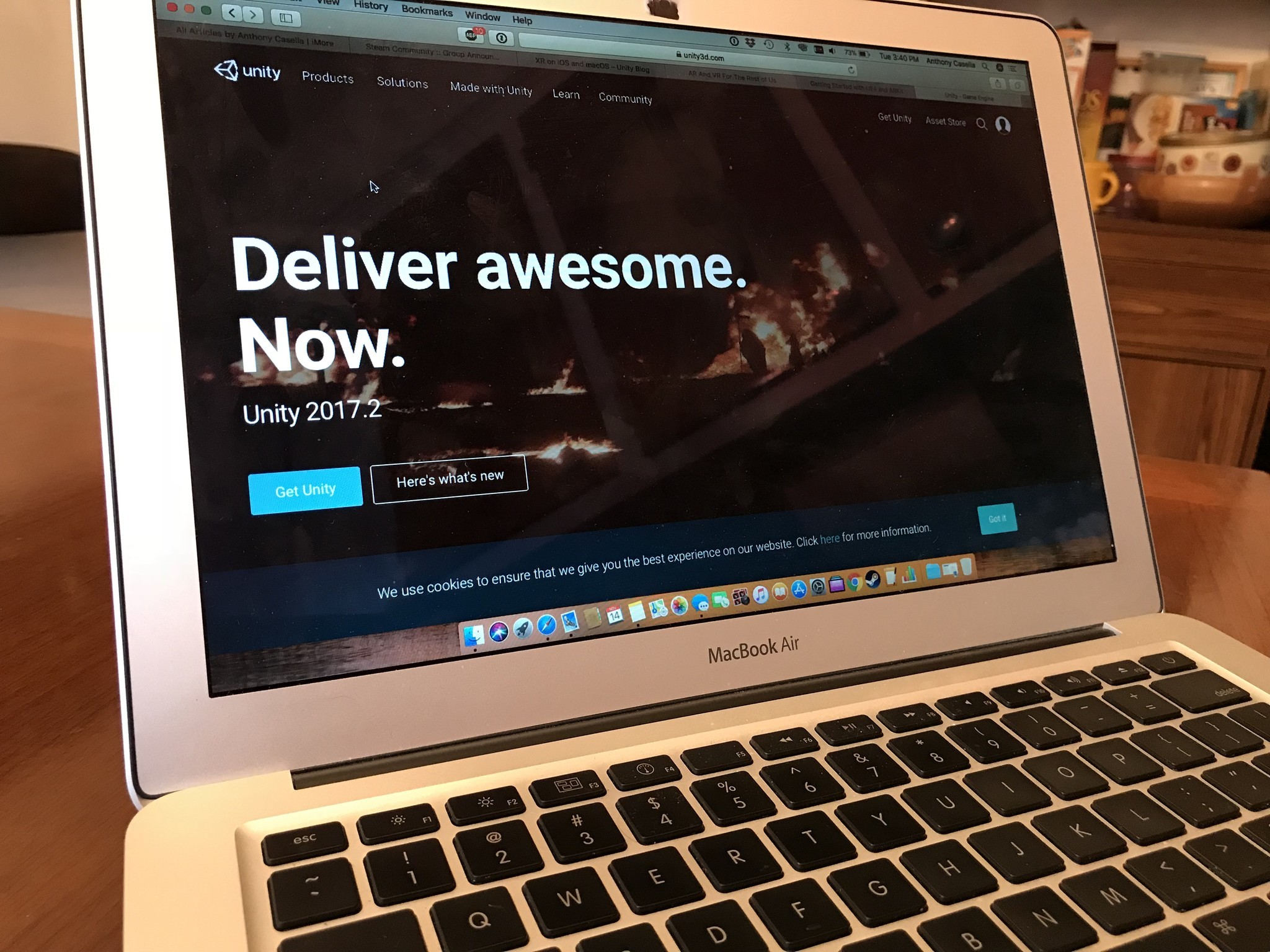How to get your VR app started with Unity on macOS

We've spoken at length about being able to run an HTC Vive on your iMac as well as running a beta version of SteamVR on macOS High Sierra. What we now need are Mac developers jumping in with both feet and creating some awesome VR and AR applications.
Luckily for us end users, some development toolkits allow for porting of their Windows-based SteamVR application to macOS relatively easily. Some more prominent VR developers such as Alvios, the makers of QuiVR, have told us how simple that transition can be.
Enter Unity 3D Engine
One development toolkit is the Unity 3D Eingine. Although Unity first started life as an Apple-only 3D engine, it now supports myriad platforms and architectures. You can freely download the engine for personal use and learn the skills required to make amazing 3D applications with their online tutorials.
How to get started with VR on macOS and Unity
When you've decided that you're primed enough and are ready to get started, you'll need the following to make VR happen on macOS:
- You need to install macOS High Sierra. Updates to Metal and GPU drivers have been made to macOS High Sierra that facilitate the adoption of VR capable applications on macOS.
- You must have access to a decent GPU. With GTX 1060 to GTX 1080ti driver support from Nvidia as well as Apple's own eGPU development kit running an AMD RX 580, you can now have the power needed to develop and run VR applications.
- You'll need to install the macOS version of SteamVR. For now, you'll need to enable the beta branch to get VR suppor, but once we get some more VR applications in the macOS Steam app store, it will be part of the default installation.
- Finally, you'll need to download the experimental build of Unity. As with any new technology, the bugs will need to be worked out. The more developers that are out their building their wares on macOS, the faster we can squash them out.
Go to the Unity forums for questions
If you feel stuck or need help with some aspect of your Unity code, there is a dedicated forum when you can discuss and collaborate with other macOS SteamVR developers.
Final thoughts
So there you have it! I've pointed the way, all we need now is for you creative types to follow the path. From my personal experiences with VR and AR (which have been extensive), it's obvious to me that we are living in the future. It may now be a costly, corded, cardboard, grainy implementation. But these limitations will be overcome and I look forward to your creations on macOS! You working on anything for SteamVR on macOS? Let us know what that is in the comments!
Master your iPhone in minutes
iMore offers spot-on advice and guidance from our team of experts, with decades of Apple device experience to lean on. Learn more with iMore!

